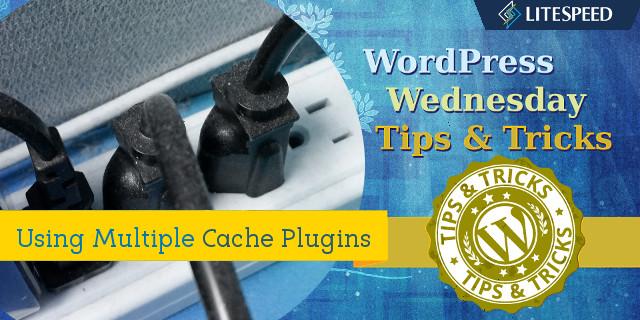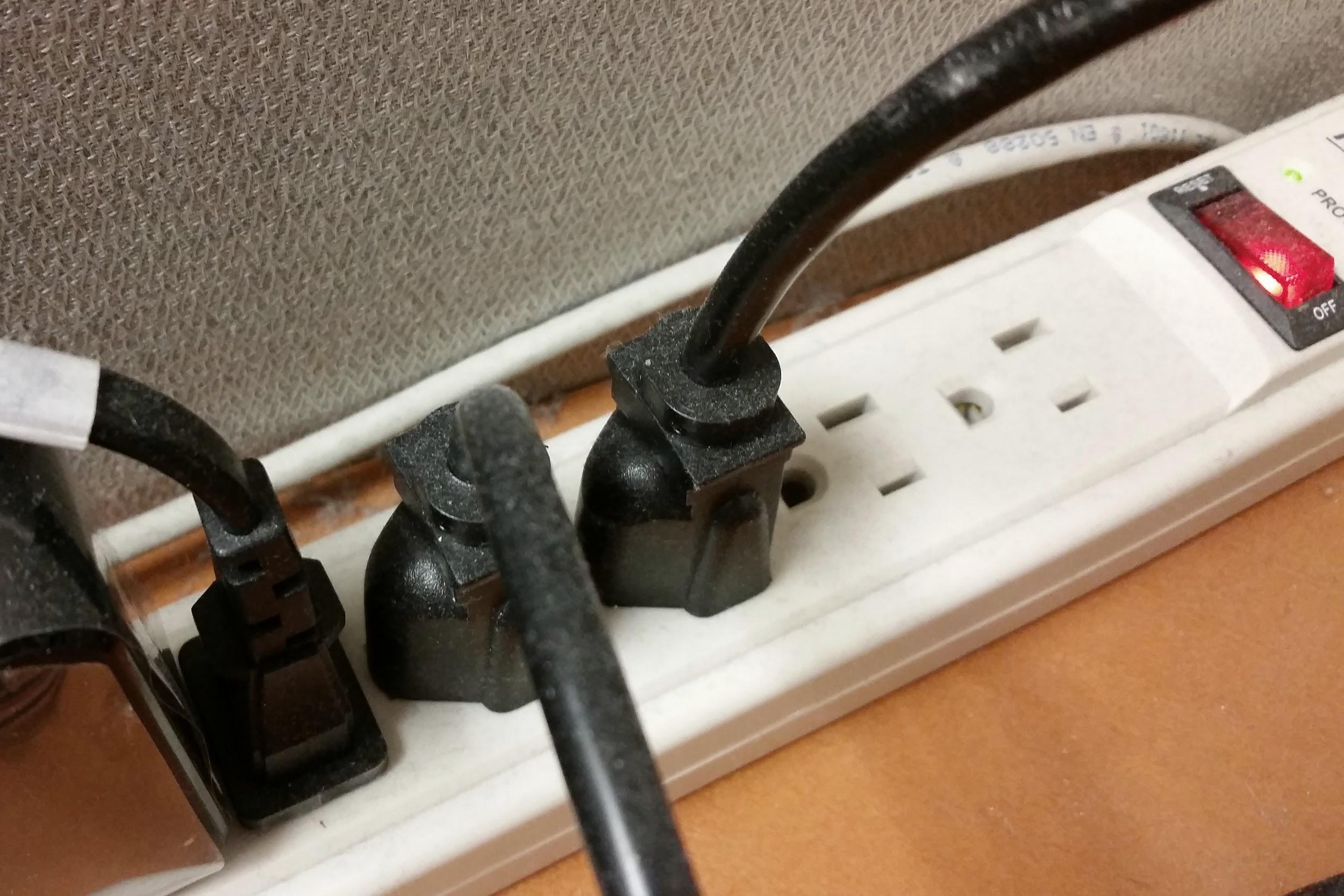WpW: Using Multiple Cache Plugins

Welcome to another installment of WordPress Wednesday!
—
Please Note: At the time of this writing, the LSCache plugin did not support optimization features other than caching. Since then, our little plugin has come a long way! We support combination, minification, image optimization, and a host of other features. You shouldn’t need to use other optimization plugins alongside LSCache. However, if you still want to do so, the information in this post is still valid.
The most important rule when using multiple optimization plugins together: don’t duplicate functions. In other words, if you have cache enabled in one, don’t enable cache in the other. And if you are minifying CSS in one, don’t minify CSS in the other. And so on.
—
Today we’re going to talk about how to use other cache plugins alongside LiteSpeed Cache for WordPress. While LSCache is the only full-page WordPress cache you need, we know that there are other plugins that include features not available from LiteSpeed, like minification, lazy image loading, database caching, etc.
The good news is that you can easily use these other plugins right next to LiteSpeed Cache. Read on, and we’ll show you how!
Is the other plugin a good choice?

Not all cache plugins are good candidates to pair with LiteSpeed. Our plugin is a full-page cache. You can get more details on that here, but essentially what that means is that LSCache stores copies of fully-assembled pages. It’s strongly recommended that you only use one full-page cache. In order for the other plugin to be a good fit with LSCache, it must either:
- not include a full-page cache at all, or
- include a full-page cache that can be disabled.
Setting up the other plugin
Before you install and activate LiteSpeed Cache, you should first get the other plugin working to your satisfaction. Doing this part first will make it easier because you can follow the plugin’s given directions without having to worry about how it will impact LiteSpeed’s setup.
Once the plugin is installed, activated, and set up to your liking, purge that plugin’s cache to ensure there are no conflicts from the start, and then disable its full-page cache functionality.
Setting up LiteSpeed Cache for WordPress
Install and activate LSCWP. Upon activation, you should see the following warning message:

This message indicates that there is another cache plugin activated and that it is using the WordPress advanced-cache.php file. This is normal behavior! If you see this warning, it means everything is working as expected.
If you don’t see the above message, we need to figure out why. Try refreshing your screen a few times. If it’s still not there after that, it can mean one of two things:
- The other plugin you installed doesn’t use
advanced-cache.php - There is an underlying issue that needs to be addressed
In either of these cases, it’s best to let us know. We’ll be able to tell you if this is normal for the other plugin you’re using, and if it’s not, we can troubleshoot the underlying issue.
Configuring LSCWP
Assuming you’ve seen the message above, the last step is to configure LSCWP not to use advanced-cache.php. If the other plugin wants to use that file, we are going to let it do so. Navigate to Settings → LiteSpeed Cache → Advanced, and uncheck the Check advanced-cache.php option. (The box will be green when “checked” and gray when “unchecked.”)

Save your changes, and the warning should no longer display. If the message is still there, let us know.
A Note about ExpiresDefault
A recent update to our plugin added a warning that you might see:
ERROR 4010: In .htaccess file found one unexpected cache rule ExpiresDefaultThis will show up if your other plugin includes browser caching functionality. We added the warning because browser cache can conflict with page cache and cause undesired behavior.
To deal with this, edit your .htaccess file (in the root directory of your WordPress installation) and add the following line above the ExpiresDefault line:
ExpiresByType text/html "access plus 0 seconds"
(If an ExpiresByType text/html rule already exists, either comment it out, or change it to match the 0-second rule above.)
This rule will make it so that the pages that are cached by LSCWP are not included in the browser cache, but any other browser-cache behavior will remain unchanged.
As of this writing, LSCWP will still put up a warning even after you’ve added this line. We’ll be changing that behavior with the next release, but until then, you can either ignore the warning, or insert a single space in front of ExpiresDefault. If you add the space, the rule should still work as intended for the other plugin, but LSCWP will no longer detect it.
If you have difficulty with this, drop by the support forum and we’ll talk you through it.
Checking your work
At this point, you should have both plugins working together in harmony, but you’ll want to do a quick test, just to be sure. To verify that your pages are actually being cached by LiteSpeed:
- Visit a page on your website while not logged in.
- Reload the page.
- View the page source (
CTRL-Uor right-click, then “View Source”) - Scroll all the way to the bottom of the source code and check the last line. It should say something like:
<!-- Page generated by LiteSpeed Cache on 2017-07-31 15:56:52 -->
If you don’t see the LiteSpeed Cache comment above, then the page was not cached by LiteSpeed and something in your setup is not quite right. Contact us, if you need help!
If you do see the LiteSpeed Cache comment above, then congratulations! LiteSpeed will now handle the page-caching duties, and the other plugin will handle whatever it is that the other plugin handles. Don’t forget to take a look at your LiteSpeed Cache settings and see if anything needs adjustment. In general, the default settings are fine, but you might want to tweak a few things since you’ve got the other plugin running, too!
—
Have some of your own ideas for future WordPress Wednesday topics? Leave us a comment!
Don’t forget to meet us back here next week for the next installment. In the meantime, here are a few other things you can do:
- Subscribe to the WordPress Wednesday RSS feed
- Download LiteSpeed Cache for WordPress plugin
- Learn more about the plugin on our website

Comments